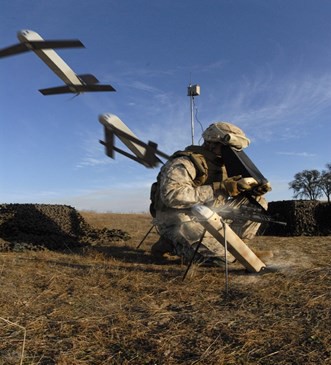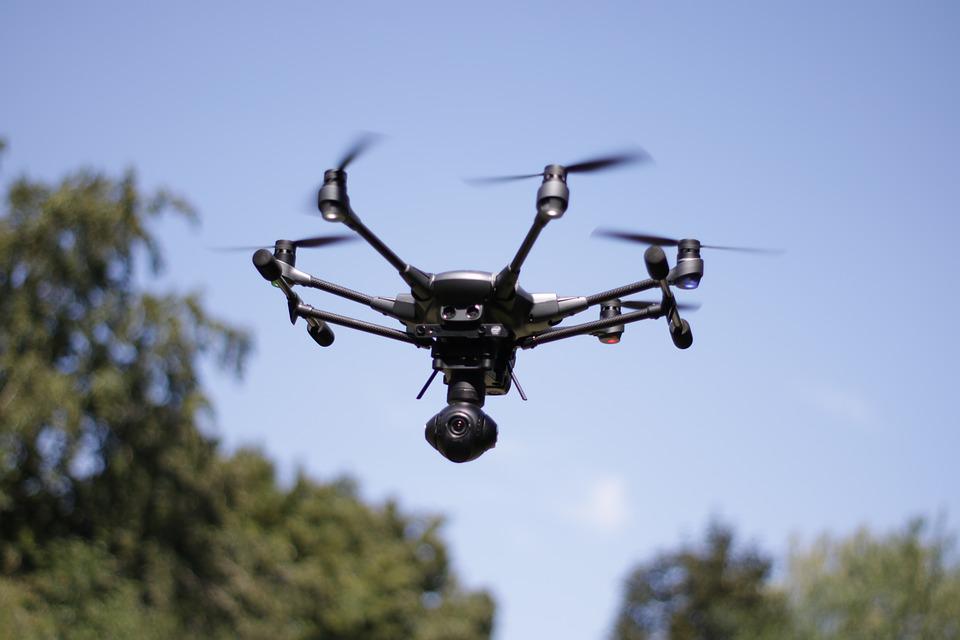
There are many benefits associated with wind turbine inspections. But how do you decide which one to use? Aerodyne Measure, PrecisionHawk, Sulzer, Amodrone, and DxC Robotics are just a few. Learn more about how they can be beneficial to your wind turbine inspections. We will talk about the pros of each as well as how AI software may help you complete the job more efficiently.
Aerodyne Measure
Aerodyne Measure provides AI-backed aerial inspections and has partnered up with Ecopulse in order to provide aerial surveys for the energy company. The solution, vertikaliti combines smart drones with AI to provide a foolproof approach for managing energy assets. The company plans use drone technology to improve inspections. The company has been a leader on the use drones to collect asset management data.
Aerodyne is complementary to Measure's expertise. However, the two companies will complement each other in terms operational experience and research-and-development opportunities. Measure's extensive experience in conducting professional inspections of energy assets will be complemented by Aerodyne's international presence and its more comprehensive analytic capabilities. The Measure Ground control platform will be used to conduct inspections of solar panels by the joint venture.
PrecisionHawk
When using a drone to inspect wind turbines, it is crucial that the mission requirements are clearly defined. They should be able manage wind farm aerodynamics, and to analyze the airspace surrounding the turbines. Furthermore, these drone-based inspection solutions must meet rigorous quality assurance and data security requirements. This article will give you an overview about the key functions of a drone for wind turbine inspection. Find out how PrecisionHawk can be used to help you with your windturbine inspection needs.

PrecisionHawk and InspecTools have a new partnership that will combine expertise in drone-based inspections with data analytics. This will be crucial in the energy industry. These companies will combine PrecisionHawk’s drone with their existing machine vision and data analysis software. PrecisionHawk and these companies will work together to deliver industry-leading drone inspections.
Sulzer
The 3DX SmartPilot - an ultra-compact inspection instrument - is ideal for remote windfarms and field inspections. It can be used worldwide and overcomes many logistical challenges. In addition, the smartPilot is easy to deploy, meaning no need for costly, time-consuming deployments. Here are some key benefits to the Sulzer drone inspections for wind turbines.
Sulzer's UAV technology enables remote inspections of wind turbine blades without compromising quality. 3DX(tm), SmartPilot drone solutions have been developed by Sulzer based upon the DJI M-210 or DJI M-600 drones. These solutions are designed to provide precise measurements in less time than human inspectors would need.
Amodrone
Using a drone for wind turbine inspections is a new and promising way to ensure wind energy projects are getting the highest quality inspections possible. Compared to manual inspection, drones can save both time and money. Additionally, drones can save time and money as more countries are switching to renewable energy. This opens up new possibilities for the commercial drone market. The drones are equipped with artificial intelligence and can use AI and software to optimize flight paths and detect damage, which allows them to inspect wind turbines efficiently.

In addition to assessing the structural integrity of wind turbines, drones can also provide valuable information about the overall condition of the infrastructure of wind farms. A drone operator can take hundreds of thousands images of each wind farm. The data is then processed by an AI specialist and pattern recognition specialist to create high-quality inspection reports. The data can then be analyzed and classified into severity levels to detect damage to wind turbines.
FAQ
What laws govern flying drones in the United States?
The Federal Aviation Administration (FAA), which regulates all aspects drone operations in the United States of America, is responsible for them. You must first obtain a FAA certification before you can operate a drone commercially. Next, you will need to complete a course in flying skills and pass an exam. The agency will require you to pay a fee.
Is drone regulation regulated by the FAA
The FAA supervises all aspects related to drone operations, including certification requirements and safety standards.
Can my drone be flown around my neighbourhood?
Yes! These are called UAVs, or unmanned aerial vehicles. There are many different types of drones that you can buy today, including small quadcopters as well as large fixed-wing aircraft. The FAA recently released new rules for commercial UAV use, meaning that they are now legal to fly for business purposes. It is important to remember that UAVs are not allowed near airports.
Do I need special training to fly a drone?
No, you don't need special training to fly your drone. You only need a remote controller unit and basic knowledge about flight mechanics.
Statistics
- According to the multiple listing service (MLS), houses and apartments with drone photographs are up to 68 percent more likely to sell than those without pictures. (thedroneu.com)
- Research and Markets predict a growth rate of 51.1% over the next five years. (thedroneu.com)
- With the top 10% making over $100/h and the bottom 10% making as low as $10/h. (dronesgator.com)
External Links
How To
How do I clean my drone?
Before cleaning your drone, here are some tips. This guide will show you how to get every bit of your drone's potential.
-
You need the right tools. Be sure to have everything you require before you begin any task. You'll need a soft brush (or a toothbrush) and cleaning solution (we recommend WD40)
-
Disconnect the battery pack. First thing first - remove the battery from the bottom of your drone. The battery is usually located under the propeller. Don't be alarmed if it's not obvious. Take care to not loose any screws while removing it.
-
Remove all pieces. Next, remove all parts from the drone's underside. Make sure they're not loose or damaged as they might fall off during cleaning.
-
Use a cleaning product. It's now time to clean your drone. We recommend cleaning your drone with WD40. Simply spray the entire surface of your drone with the cleaner, making sure to get in between each component. Let it dry completely before you put everything back together.
-
Turn on the battery. After cleaning your drone, you should put the battery back into its original place. By doing this, you can test how well your drone functions after cleaning.